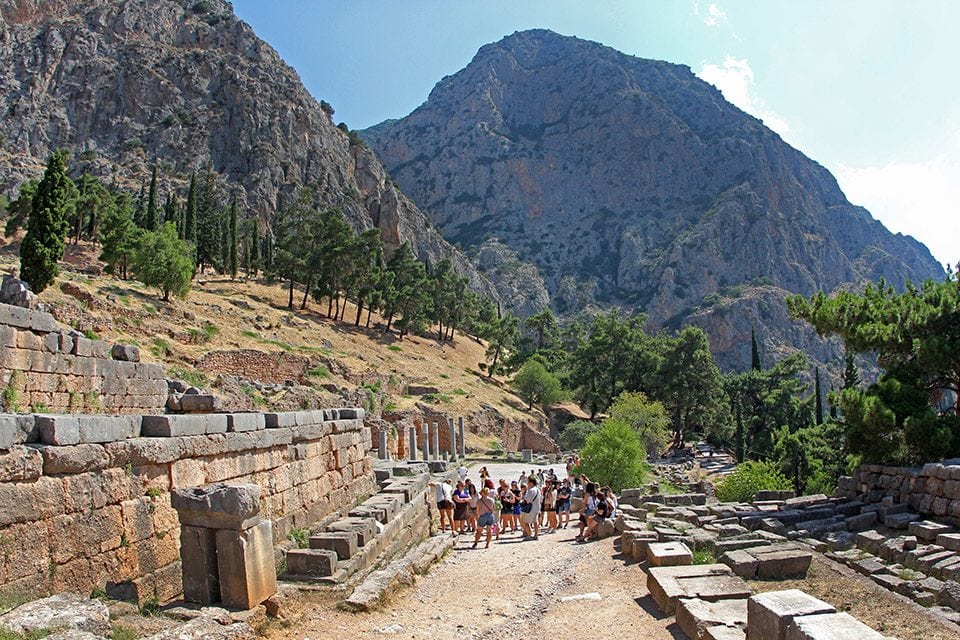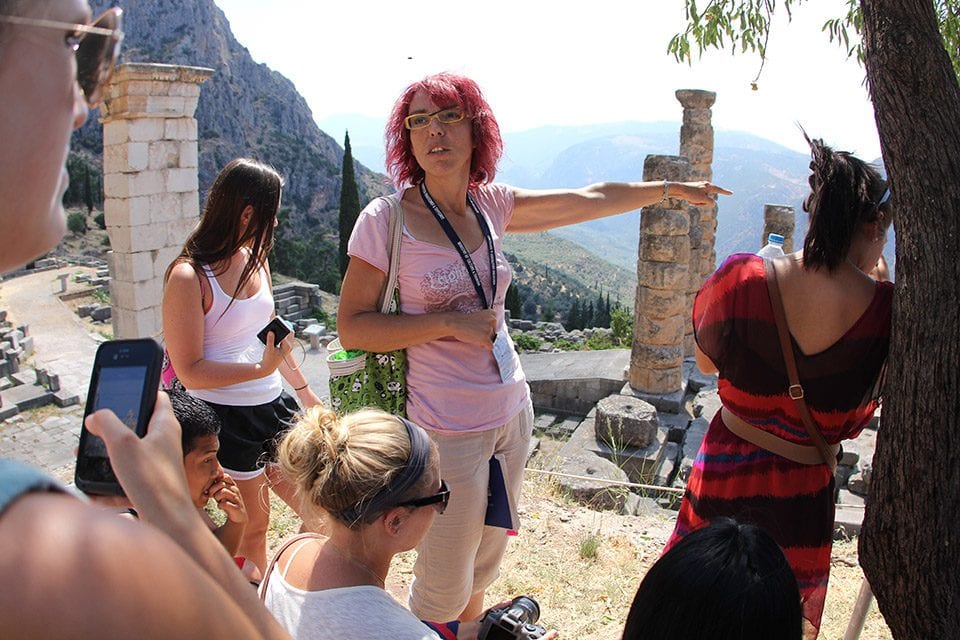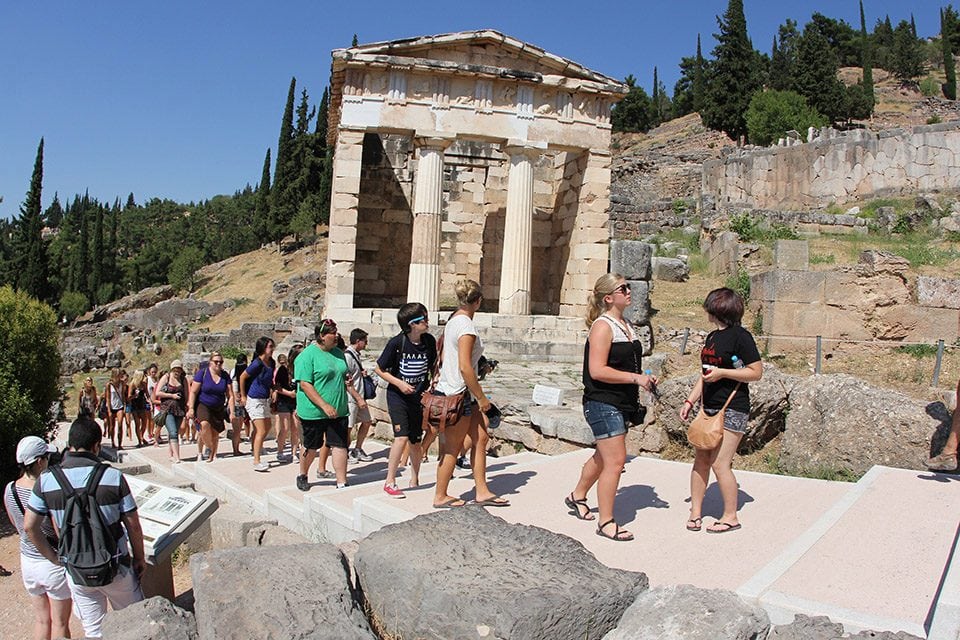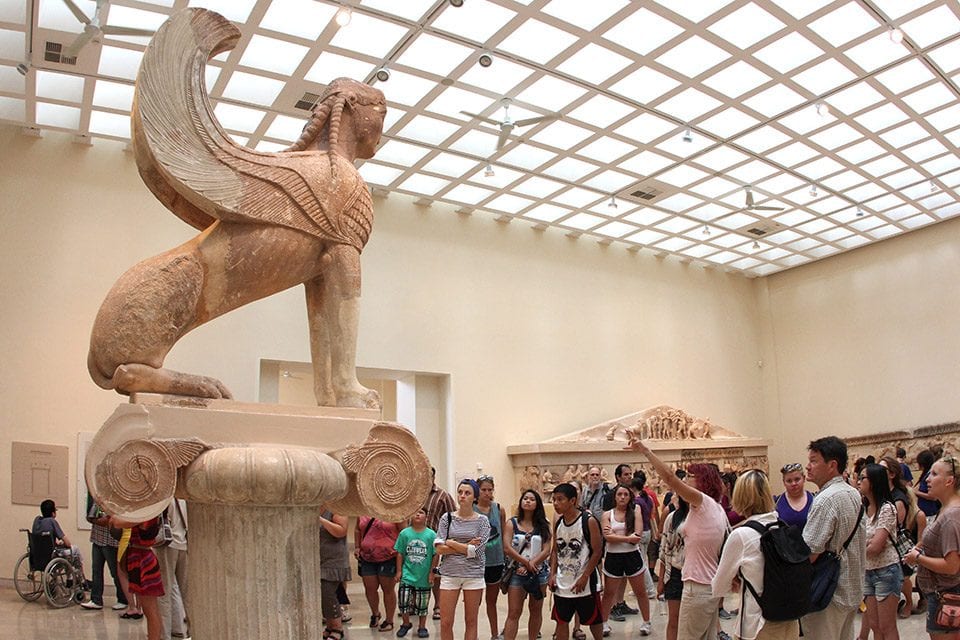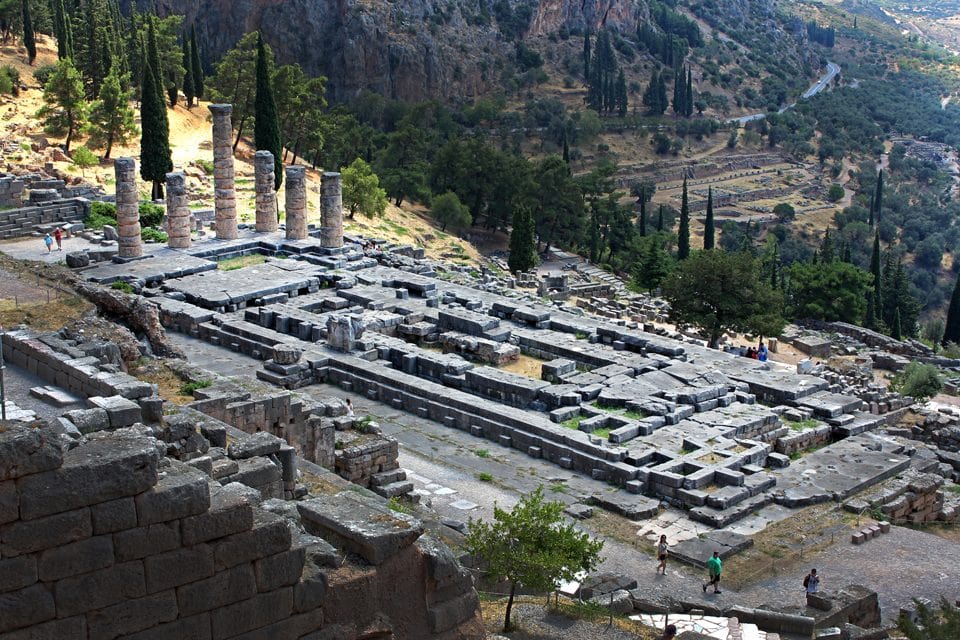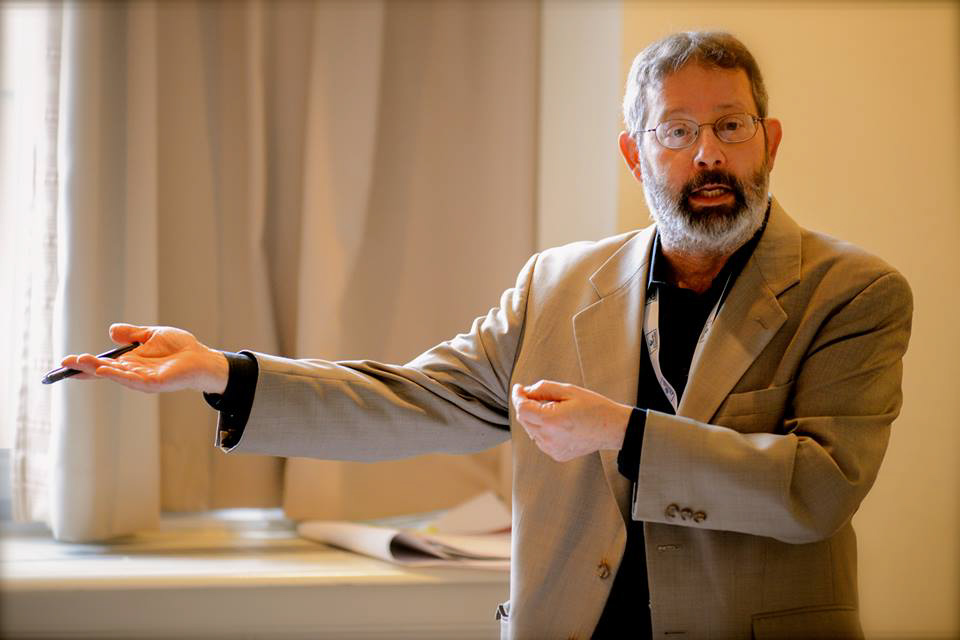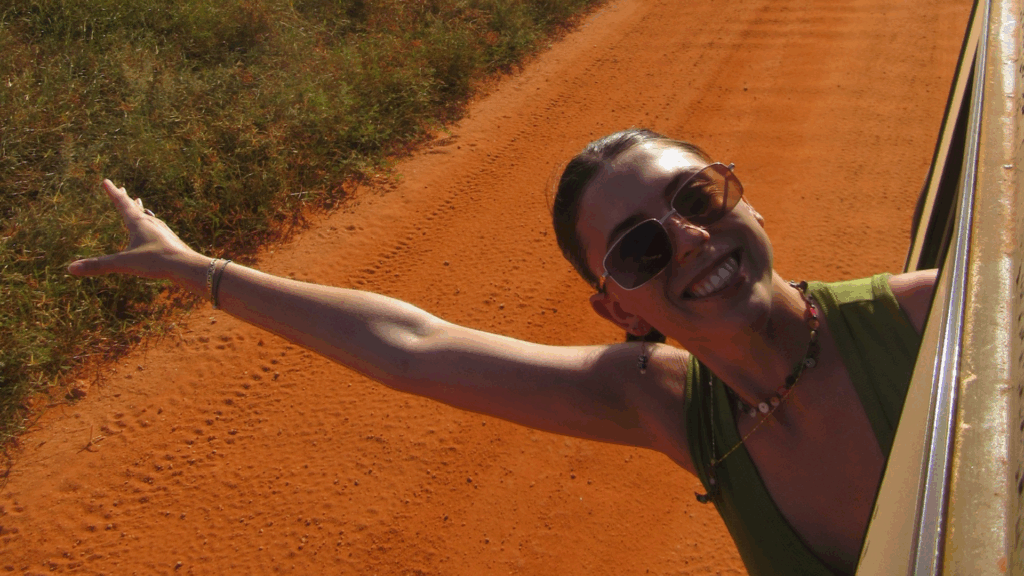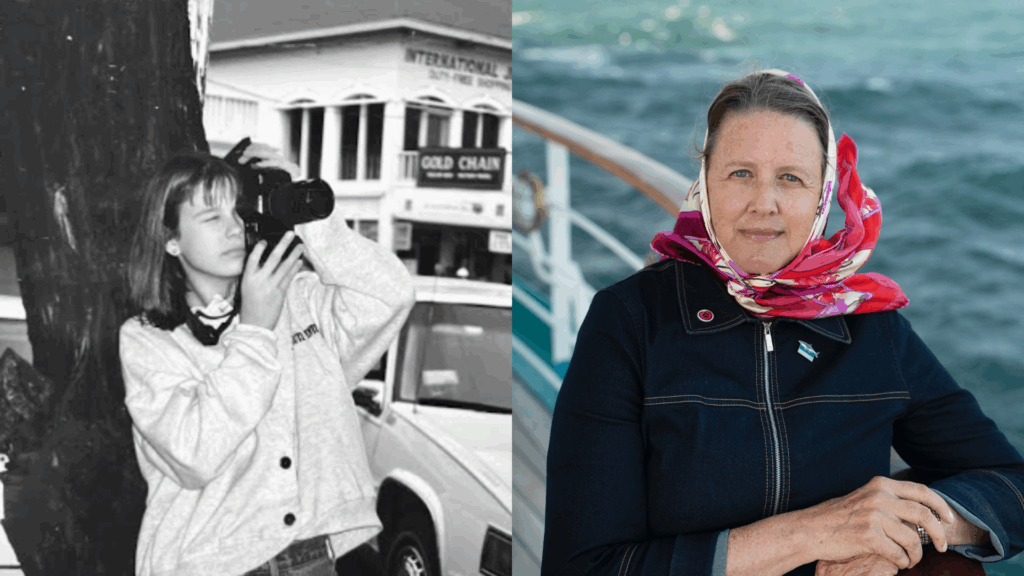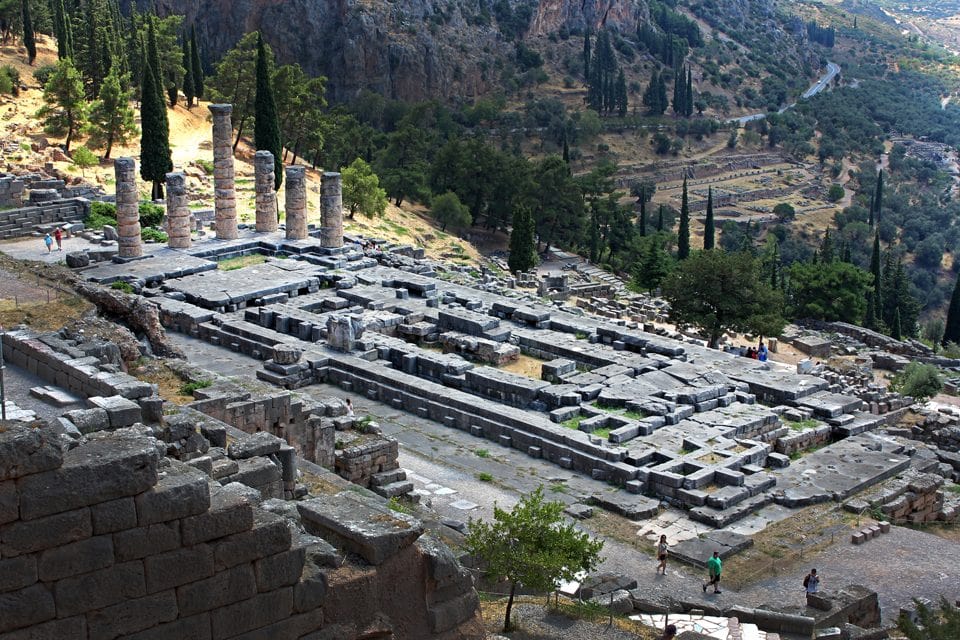
Trenton Merricks is one of this summer’s most entertaining professors. He teaches medieval philosophy and keeps students on their toes with his quick-witted comments.
This semester students are focusing on four Mediterranean philosophers; Avicenna who is from Bagdad around 1000 AD, Averroes and Maimonides who both followed Avicenna by approximately 150 years and both spent time living in Spain and Morocco, and finally Aquinas, who lived in Italy and France around 1200 AD.
Each of these four philosophers considers themselves to be following the teachings of Aristotle, who is (along with Plato) responsible for systematizing and popularizing what we know today as western philosophy; they learned from Socrates.
Without Socrates, a Greek citizen who lived from 469 BC ‚Äì 399 BC, philosophy as we know it might be very different. Merricks decided there couldn’t be a better way to inspire his students than to visit the actual place where Socrates himself was inspired, the Oracle at Delphi.
As the story goes, a friend of Socrates went to the Oracle at Delphi, and while he was there the Oracle stated that Socrates is the wisest man in the land. At first Socrates had a hard time believing this was true; there were so many other people considered to be experts. He started a mission to find the wisest man and prove the Oracle wrong, but in doing so, he ended up proving him right. Socrates developed a method of questioning that we now think of as the beginning of western philosophy. If it weren’t for the Oracle at Delphi, we may not have the rich history of philosophy that we do. Socrates went on to teach Plato, who then taught Aristotle, and so on and so forth.
Of course the Oracle is no longer there, but students get to stand in the very place where the oracle made this claim. The magnificent surroundings do inspire, both today and centuries ago.
